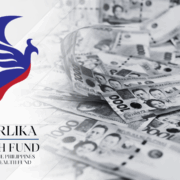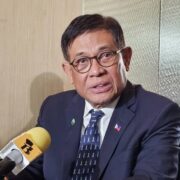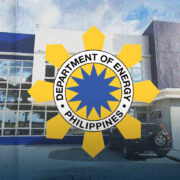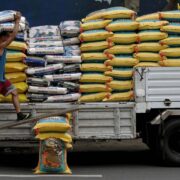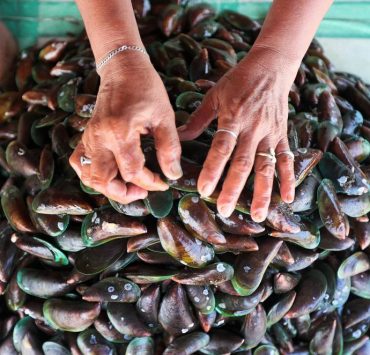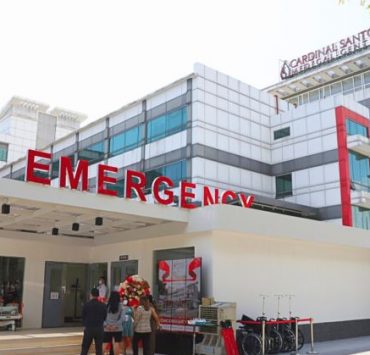Intensify efforts to address informal settlers problem in Manila
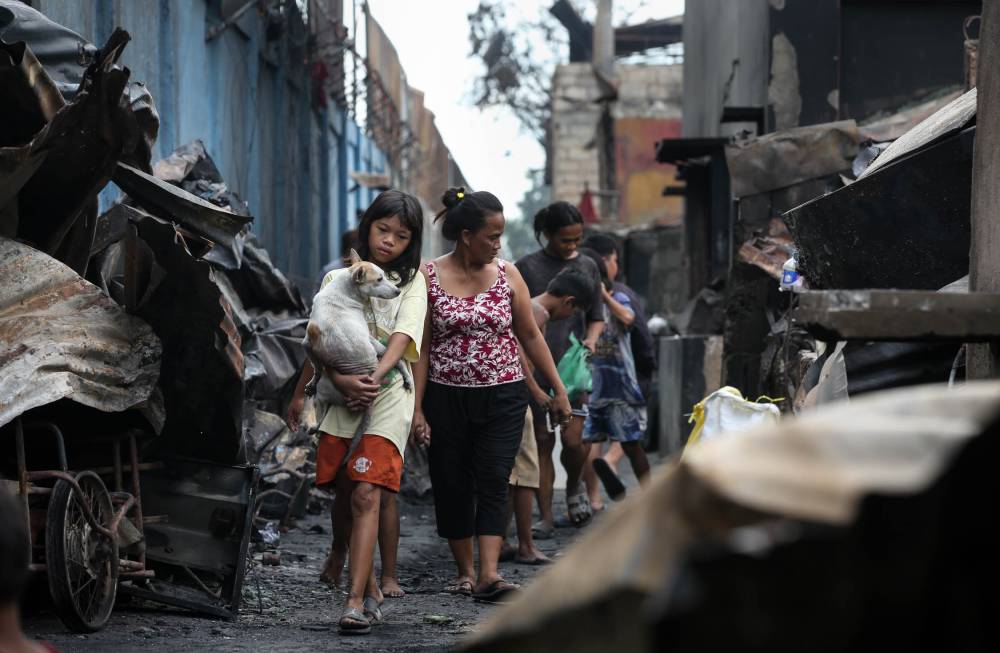
It saddens me to read the result of a recent survey by media company Forbes Advisor stating that Manila is the fifth riskiest city for tourists out of 60 international cities included in the study. The study’s composite ranking is based on the ranks Manila registered under each of the following metrics: personal security risk, health security risk, crime and infrastructure security risks, and digital security risk. In 2017, there were also equally concerning reports such as that of Zipjet which listed Manila as one of the most stressful cities in the world, and that of London’s The Economist magazine which rated Manila as one of the most unsafe cities in the world.
Whatever their levels of accuracy, I would like to consider the above reports as wake-up calls for us to intensify our efforts in effectively solving the informal settlers problem in our capital city. However, in the case of the Zipjet report and its negative comments on Manila, then Manila Mayor Joseph Estrada dismissed the report as “fake news.” But in fairness to him, he set up the Dubai Village Project for 225 informal settler families (ISF) in Baseco, Port Area, in 2016 and was planning to do more projects. In the case of succeeding mayor Isko Moreno, with his soft spot for the poor as a former informal settler himself, he even set up more housing projects such as the 20-story condominiums in the slum areas of Binondo, Santa Cruz, San Andres Bukid, and Quiapo. He also initiated a city-wide clean-up of illegal vendors on the city’s sidewalks.
In the case of incumbent city mayor Honey Lacuna, she is fast-tracking the completion of three housing projects in North Harbor, and in Tondo, San Miguel, and Santa Mesa districts under the government’s 4PH housing program for ISF. President Marcos also declared last June an ISF area in Tondo measuring 2.2 hectares as a location for his 4PH housing program for which he targets the nationwide completion of six million homes within his term.
It is a common observation among Metro Manilans that the highest concentration of informal settlers in Manila is in the North Harbor and Smokey Mountain areas of Tondo, Baseco in Port Area, and the San Andres Bukid district. It is in these areas where most urban social ills are observed. However, the prospect of house ownership under the 4PH program is expected to address these ills.
It’s good to see that our government officials have given attention to Manila’s most socially problematic areas and that the Department of Tourism has been promoting eco-, sun and beach, dive, and adventure tourism which are the growth engines of our vibrant tourism industry that accounted for 8.6 percent of our GDP in 2023.
However, there is also a need to develop our cultural, heritage, and religious tourism that should be promoted first in our history-rich capital which should serve as the microcosm of these neglected sectors of our tourism industry. The President has started this with his Pasig River Esplanade project which is connected to our old Walled City of Intramuros in the south and to the Jones Bridge in the north. But I suggest that, aside from beautifying this old bridge rendered in neoclassical style, the project should continue the promenade concept to the adjoining historic Escolta CBD with its art deco and art nouveau buildings which, incidentally, should be protected against mindless gentrification.
Meliton B. Juanico, melitonbjuanico@gmail.com



